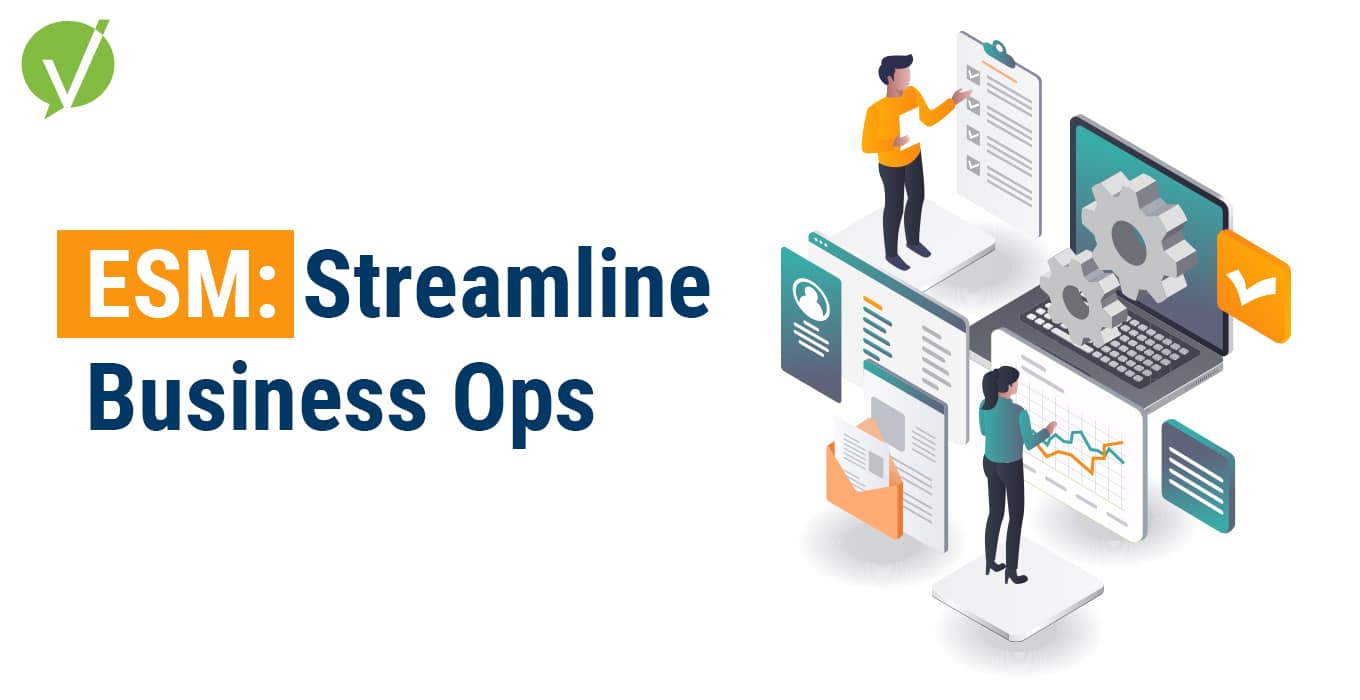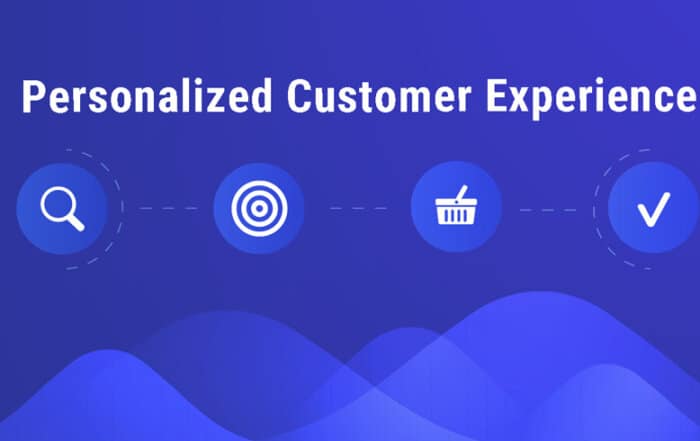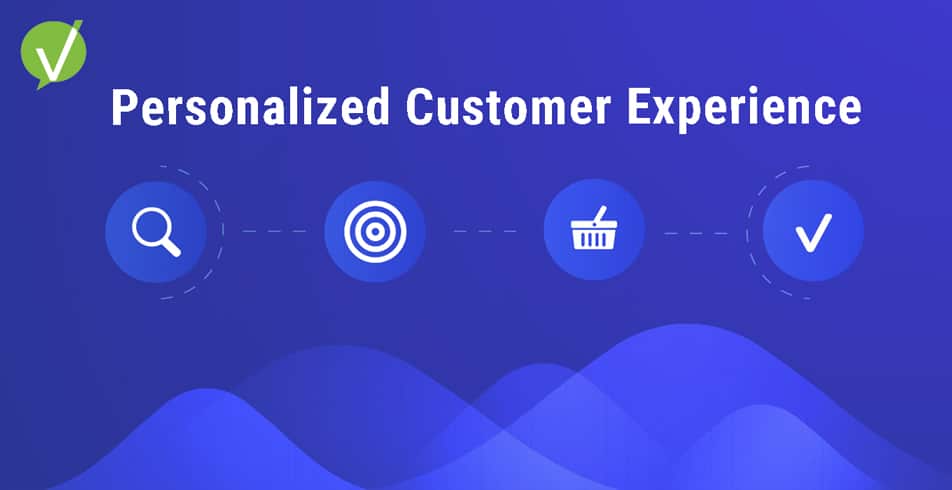Enterprise Service Management Framework: Streamlining Business Ops
Introduction
Enterprises frequently grapple with the multifaceted challenge of harmonizing diverse services, processes, and departments while maintaining peak efficiency. This is where the concept of Enterprise Service Management (ESM) takes center stage, offering a strategic framework that can redefine the way businesses operate. In this article, we’ll journey through the world of ESM, using the case study of American Enterprise (now “Wellabe”) to illustrate its transformative impact on business operations.
While the use of IT service management (ITSM) by corporate IT organizations – to improve efficiency, effectiveness, control, and insight – has gained nigh-on global acceptance, many enterprises have still to recognize that ITSM thinking, best practice, and technology are equally relevant to other corporate service providers through enterprise service management.
– Stephen Mann, ITSM Tools
The Anatomy of an ESM Framework
Every architecture has its pillars. For ESM, these are:
- Service Strategy:
At the heart of ESM lies the service strategy – a meticulously crafted blueprint that aligns each service with the overarching business goals. The case of “Wellabe” exemplifies the power of this alignment, as the organization expanded its use of the Vivantio ITSM tool across various departments, resulting in a cohesive strategy that united disparate functions. - Service Design & Transition:
ESM thrives on creativity and meticulousness during the introduction of novel services. Just as “Wellabe” embarked on a journey to implement Vivantio across HR, Facilities, Marketing, and Legal, the service design and transition phase is about seamlessly integrating new services into the existing framework. - Service Operation:
In the daily heartbeat of ESM, operations ensure that every component functions harmoniously. The “Wellabe” case demonstrates how the utilization of Vivantio transformed their daily operations, enabling smoother workflows and streamlined processes. - Continuous Improvement:
The growth mindset is the driving force behind ESM’s continuous improvement pillar. Just as “Wellabe” harnessed the power of customer feedback to shape the company’s use of the Vivantio’s platform, enterprises should view improvement as an ongoing journey, constantly refining and optimizing their services.
ESM Implementation Tip: The four pillars of an ESM framework provide a roadmap, guiding your organization through a holistic approach to implementation. Recognize the importance of each pillar and leverage the lessons from the “Wellabe” case to align your ESM journey with real-world success.
How ESM Transforms Business Operations
Imagine a world where tasks are automated, data flows like water between departments, teams communicate seamlessly, and every decision is backed by insightful data. That’s ESM in action – a maestro orchestrating a ballet of streamlined operations. The beauty of ESM lies not in its complexity, but in its ability to simplify – making the labyrinth of operations feel like a straight road.
ESM Implementation Tip: Don’t underestimate the significance of a phased approach to ESM implementation. Start by identifying a pilot department to test the framework’s effectiveness before expanding its scope across the organization.
The Tangible Benefits of an ESM Framework
The results speak for themselves. Post ESM adoption, businesses often witness a meteoric rise in efficiency, significant cost savings, and an external ripple effect leading to heightened customer satisfaction. The numbers and statistics often lack emotion. But with ESM, the figures tell a compelling story – one of transformation, growth, and unparalleled efficiency. As Stephen Mann of ITSM Tools wisely points out, “ESM benefits everyone!”
ESM Implementation Tip: Drawing from “Wellabe’s” experience, align ESM implementation with clear communication. Ensure all stakeholders understand how the framework will improve both customer-facing services and internal operations.
Crafting Your ESM Adoption Journey
Implementing ESM isn’t about flipping a switch. It starts with introspection, understanding current bottlenecks, and setting goals. Just as “Wellabe” realized the potential of Vivantio beyond IT, your organization must define its scope and identify areas where ESM can have the greatest impact. Then, it’s about choosing the right tools, executing a phased rollout, and continuously nurturing the system.
ESM Implementation Tip: The “Wellabe” case highlights the value of scalability. As you explore ESM solutions, ensure the chosen platform can accommodate diverse departments and processes without compromising its core functionality.
Conclusion
In closing, the Enterprise Service Management framework represents a pivotal advancement in business operations. Through integration, automation, and a customer-centric approach, ESM elevates efficiency, collaboration, and future resilience. The journey of American Enterprise/Wellabe demonstrates how ESM can turn organizational challenges into triumphs, delivering tangible results that extend from streamlined services to enhanced customer satisfaction. While their transformational journey is a testament to the potential of ESM, this case underscores the importance of adapting ESM to the unique needs of an organization. By drawing insights from their experience and integrating the core components of an ESM framework, businesses can harness ESM as a transformative tool that propels them to new heights of operational excellence and customer satisfaction.













